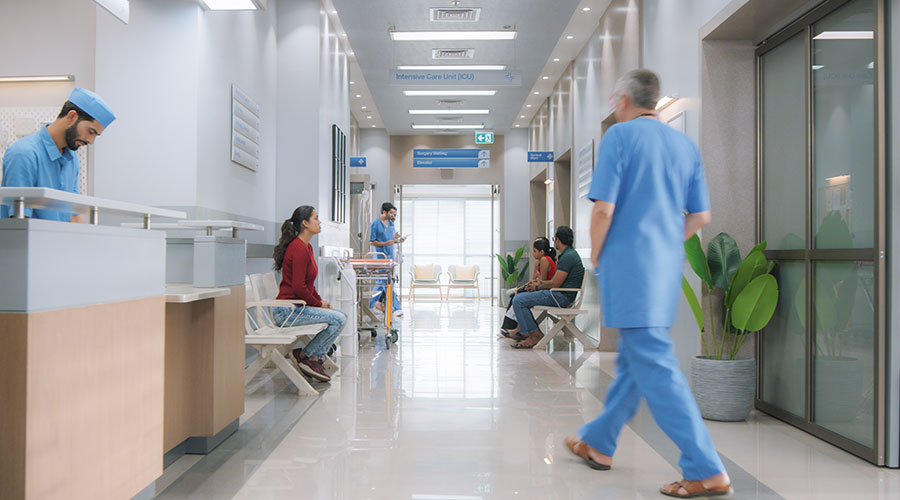As healthcare providers continue to need to spend their precious capital dollars wisely the first time, and as projects move at faster and faster paces, how do designers ensure that project mock-ups add value and do not lead to a false sense of security in the design? Like all decisions in the design and care delivery process, we should ask ourselves if it will add value, according to an article on the Healthcare Construction + Operations website
The answer is in the approach and not a product, the article said.
"As in lean design, start by asking: why are we doing the mock-up? After you can clearly articulate why you are doing the mock-up you can determine what format or level will give you the most bang for you or your client's buck. You might need to rent a warehouse and call in the cardboard trucks or you might need to plug in a projector and buy some painter’s tape or both."
After defining the goals and objectives, the other essential ingredient is people, according to the article. Mock-ups are about engagement and consensus. Let the mock-up be the place to bring all of the users and departments together, engender empathy and educate across the silos. Design teams are the facilitators and the mock-up can be a powerful instrument when you have the right folks in the room.
According to the article, there are six keys to a value-based mock-up:
1. Only mock-up what is important to the project.
2. Make your mock-ups progressive and stop when you get what you need.
3. Use the mock-up. Run actual scenarios. Don't step though a process academically.
4. Have actual equipment. You can simulate walls, but you can't beat actual equipment.
5. Mock-up and repeat. As the design evolves, return to the mock-up, test the changes, confirm the vision and give the providers additional opportunity to role play and think of something they missed.
6. Invite and encourage a cross section of all providers and staff involved with the work flows that impact the space.
Read the article.

 Case Study: How NYU Langone Rebuilt for Resilience After Superstorm Sandy
Case Study: How NYU Langone Rebuilt for Resilience After Superstorm Sandy Frederick Health Hospital Faces 5 Lawsuits Following Ransomware Attack
Frederick Health Hospital Faces 5 Lawsuits Following Ransomware Attack Arkansas Methodist Medical Center and Baptist Memorial Health Care to Merge
Arkansas Methodist Medical Center and Baptist Memorial Health Care to Merge Ground Broken on Intermountain Saratoga Springs Multi-Specialty Clinic
Ground Broken on Intermountain Saratoga Springs Multi-Specialty Clinic Electrical Fire Tests Resilience of Massachusetts Hospital
Electrical Fire Tests Resilience of Massachusetts Hospital